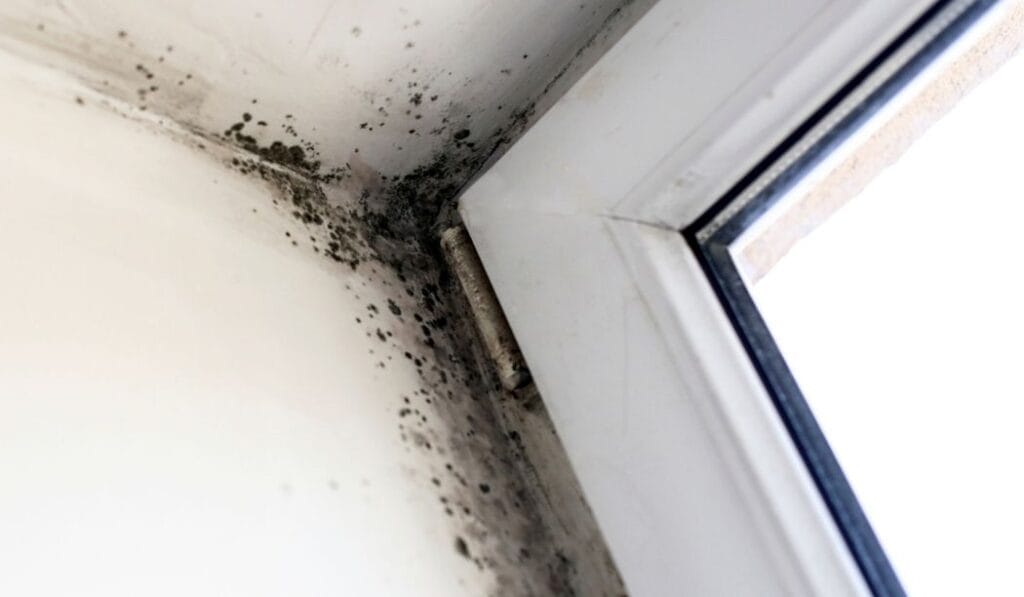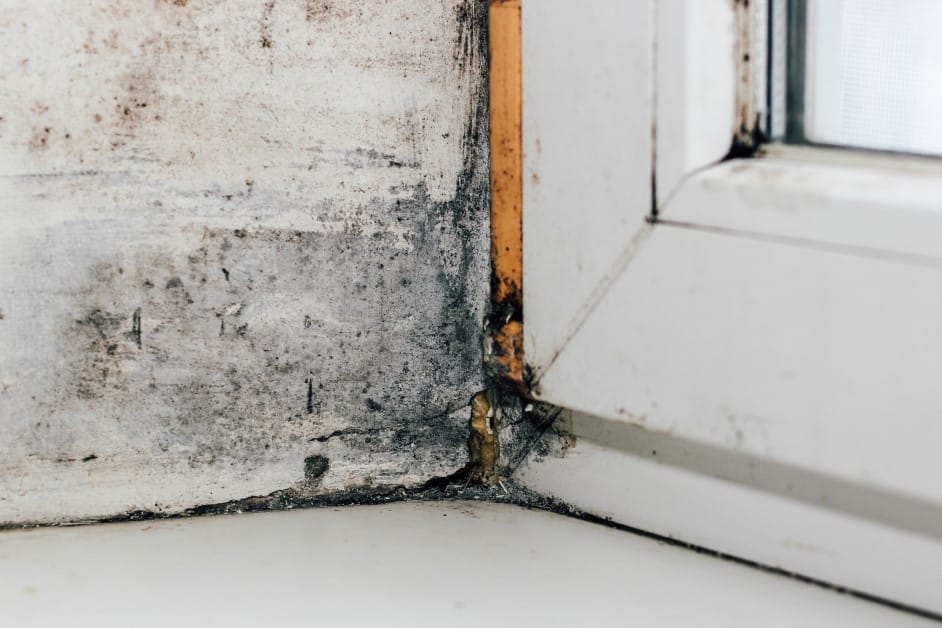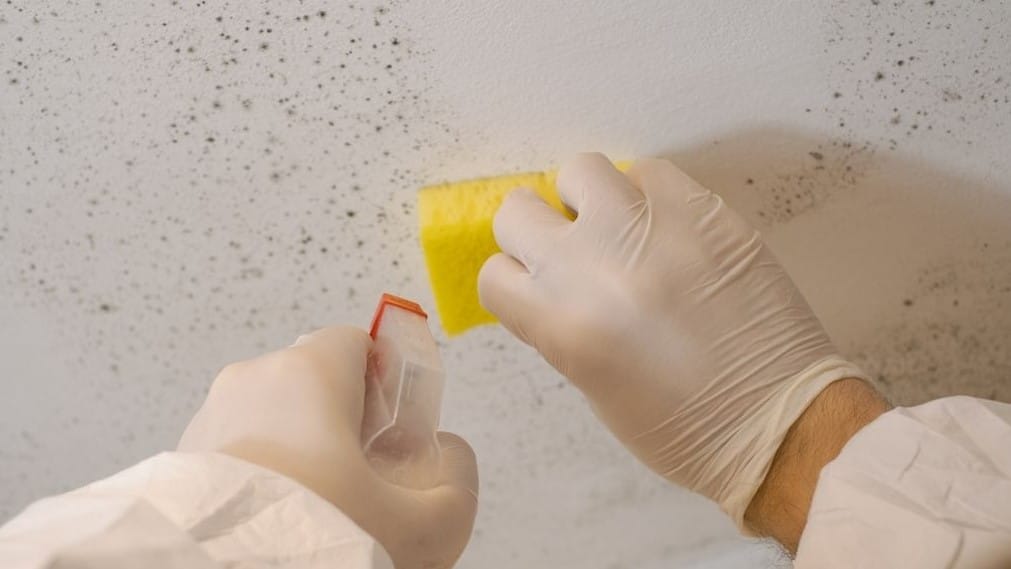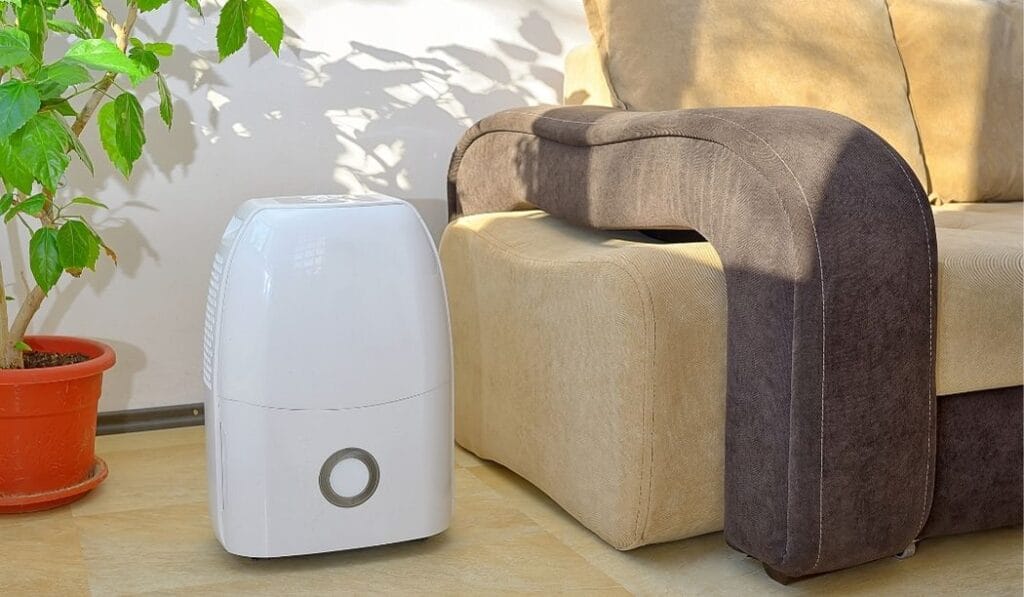
How to Get Rid of Mold in Your House: Guide to Removal, Causes, and Health Risks
Learn what causes mold in the house, how it affects your health, and step-by-step ways to remove and prevent it. Keep your home safe and mold-free.
By:
The Good Home Daily
Posted on October 27, 2025
Those greenish or blackish patches on your ceiling and walls? They are not dust. They are mold, silently taking over your home. And while you sip your morning coffee, these tiny invaders are threatening your health in ways you might not even realize.
Ignoring them won’t make them go away. Without proper mold inspection and mold removal, they can damage your walls, furniture, and even trigger allergies or respiratory problems.
Luckily, there are proven ways to fight back. In this article, we’ll help you get rid of mold from your room for good. Let’s also understand the cause of your mold in your home, and how to prevent its growth in the future.
Why Is There Mold In My Home?

Mold is a type of fungus that is naturally present everywhere, both outdoors and indoors. The single most critical factor that allows it to grow and multiply inside a home is moisture.
According to the U.S. Environmental Protection Agency (EPA), mold will grow on surfaces when spores land on something wet and have a food source (which is virtually any organic material found in a home).
From wood and paper to plywood, cardboard, ceiling tiles, insulation, and drywall, mold can thrive on almost any surface as long as moisture is present. In many cases, house mold remains unnoticed until the infestation has grown and affected a larger area.
Here are the common problems in your home that trigger mold growth:
1. Water Leaks or Spills
Water leaks are among the most common and serious problems that trigger mold growth at home. These can come from roofs, plumbing systems such as pipes, faucets, and toilets, or even HVAC condensation pans.
Malfunctioning appliances like washing machines, fridges, and dishwashers can also create the perfect damp environment where mold quickly develops.
2. High Indoor Humidity
When relative humidity (RH) stays above 60%, moisture in the air begins to settle on surfaces. This lingering dampness creates the conditions mold needs to grow, especially in hot, humid climates or enclosed spaces like basements.
For a healthier home environment, indoor humidity should be kept between 30% and 50%.
3. Condensation
Condensation is another common problem that can trigger mold growth. It happens when warm, moist air comes into contact with a cold surface, leaving behind water droplets. This is often seen on window panes, exterior walls, and metal pipes, especially during colder months.
4. Poor Ventilation
If your home has poor ventilation, mold can easily thrive. Moisture-heavy areas—like bathrooms from showering, kitchens from cooking, and laundry rooms with dryers not vented outside—quickly build up humidity when air is not properly released to the exterior.
5. Flooding
Catastrophic events like floods or sewage backups bring massive amounts of water into a home. If water-damaged materials are not thoroughly dried within 24 to 48 hours, mold growth is almost certain.
Step-by-Step Guide: How to Safely Remove Mold Yourself

Large-scale mold problems are best left to professionals, especially when they cover wide areas, come from major water damage, or involve sewage. But if it is a small patch—under 10 square feet—you can handle it yourself.
Here are the steps to safely remove mold at home:
Step 1: Fix the Water Problem
The only way to truly get rid of mold at home is to stop what is feeding it. Find and fix the source of water or excess humidity in the room before you begin cleaning. Mold cannot survive without moisture, so if you skip this step, it will only come back.
Step 2: Wear Safety Gear
Protecting your health is the top priority. Mold spores become airborne during cleanup and can irritate your lungs and skin. Here are the proper gears when cleaning molds at home:
- N95 Respirator: To avoid inhaling mold spores, wear at least an N95 respirator. A regular dust mask is not sufficient.
- Goggles: Wear non-vented goggles or eye protection to keep spores and cleaning solutions out of your eyes.
- Gloves: Wear long rubber or nitrile gloves that extend to the middle of your forearm to protect your skin from mold and cleaning agents.
- Long-sleeved Shirt: Old clothes that you can wash right after (or even throw away) are best.
Step 3: Isolate the Area
Keep the affected space closed off so spores do not spread around your home. Shut doors, cover vents, and keep kids and pets out until cleanup is done.
Step 4: Clean the Mold
Scrub hard surfaces with detergent and warm water, then dry them completely. The Centers for Disease Control and Prevention (CDC) recommends using no more than 1 cup of household bleach per 1 gallon of water to clean molds.
For porous materials like drywall, area rugs, carpets, or ceiling tiles, replacement is often the safer option since mold seeps deep inside.
Warning: NEVER mix bleach with ammonia or other cleansers, as this creates highly toxic vapors. Ensure the area is well-ventilated if using any harsh chemicals.
Step 5: Dry Thoroughly and Quickly
After scrubbing, ensure the cleaned area is completely dry. Use fans, dehumidifiers, or air conditioning to speed up the drying process. It is recommended to dry the area within 24 hours to prevent mold from regrowing.
Step 6: Dispose of Materials and Clean Equipment:
Seal anything moldy in a plastic bag before throwing it out to keep spores from spreading. This also applies to your cleaning materials. If you used non-disposable tools, wash them immediately with detergent and water.
Step 7: Watch for Mold Regrowth
Even after cleaning, check the spot regularly. The area should be visually clean and dry, and the musty odor should be gone.
If mold comes back quickly or spreads, it is time to call in a professional.
7 Tips to Prevent Mold Growth in Your Home

Remember, the key to preventing mold growth is moisture control. Without water, mold spores cannot grow.
Here are some tips for preventing mold in your home, based on recommendations from the CDC and EPA:
1. Promptly Fix All Leaks and Water Damage
Mold can start growing on a damp surface within 24 to 48 hours. So, always act quickly.
Fix any leaky plumbing, roof leaks, or window leaks as soon as you find them. Keep air conditioning drip pans clean and the drain lines unobstructed and flowing properly to prevent standing water.
If a spill or flood occurs, clean up and dry the wet or damp areas and materials completely within 24–48 hours.
2. Control Indoor Humidity
Keeping the air dry is the most effective preventative measure for mold growth. Use a humidity meter (hygrometer) to monitor the moisture level in your home.
Aim to keep your indoor relative humidity below 60%, and ideally between 30% and 50%, all day long.
3. Use an AC or a Dehumidifier
Run an air conditioner during warm, humid weather. In damp areas, you can use a dehumidifier to keep humidity at safe levels. Running them regularly in problem areas like basements, bathrooms, or laundry rooms makes it harder for mold to return.
4. Improve Ventilation in High-Moisture Areas
Proper air circulation helps reduce moisture indoors. Open your windows when the weather allows, to let fresh air in and sunlight through.
For rooms that produce more moisture, make sure they are vented outside. Always turn on exhaust fans when cooking, showering, or using the dryer.
5. Manage Water Around Home’s Exterior
It is important to prevent water from getting into your foundation or walls. Clean and repair roof gutters and downspouts regularly so they can drain water effectively.
Make sure the ground slopes away from your building foundation, so water does not collect near the base of your home.
Doing this works hand in hand with waterproofing, keeping your walls and foundation protected from long-term damage.
6. Minimize Porous Materials
Avoid using carpets, rugs, and other porous materials in areas prone to dampness. These materials can easily trap moisture and become breeding grounds for mold. Consider swapping them out for hard flooring such as tile, vinyl, or sealed concrete.
7. Use Mold-Resistant Paint
Before painting, add a mold inhibitor. Mold inhibitors are additives you blend into regular paint to help prevent mold growth on surfaces. They create a protective barrier that keeps spores from settling, making them especially useful in damp areas of the home.
How Dangerous is House Mold for Your Health?

Let’s start with the good news. Household mold will not kill healthy people. For most, mold exposure is more of an allergic or irritant issue. Its spores contain allergens that trigger the immune system, much like pollen does for those with hay fever.
That said, certain groups face much greater risks. Infants, the elderly, and people with weakened immune systems or chronic lung conditions are especially vulnerable. In their case, mold exposure can set off serious respiratory problems that may become life-threatening if left untreated.
In 2004, the Institute of Medicine (IOM) reported that indoor mold exposure is linked to upper respiratory symptoms like coughing and wheezing in otherwise healthy people. The same study also showed that it can make asthma symptoms worse and, in some cases, lead to hypersensitivity pneumonitis in individuals sensitive to that condition.
The World Health Organization (WHO) took this further in its 2009 Guidelines for Indoor Air Quality: Dampness and Mould. The review concludes that the most important health effects of living in damp or moldy buildings are higher rates of respiratory symptoms, allergies, and asthma, along with disturbances in the immune system.
Keep Your Home and Family Safe from Mold
At the end of the day, mold in the house is preventable. By tackling moisture problems, maintaining good airflow, and fixing leaks right away, you can stop mold before it spreads. A dry, well-ventilated home is the best defense against future infestations.

